In August I had the pleasure of attending Erin Zagadailov’s garden party and learning about her wonderful apiary and cut flower farm right here in little Grantham, New Hampshire. When Erin and her husband moved here from Chicago, her friends laughingly called her ‘Lady Grantham’ after the Downtown Abbey series. When deciding on a name for her bee business, Erin remembered her friends’ good natured teasing and thus ‘Lady Grantham Apiary’ was coined.
Erin and her husband Pavel decided what’s really important and took the risk of taking a hiatus from their high paying, stressful jobs to dedicate their lives to their family and to raising bees. Since that daring decision, they added two children to their hectic, happy days.
With no experience raising bees but armed with lessons from books and information from successful bee keepers, they tried their hand at keeping bees only to be unsuccessful for five years. Undaunted, they learned from their mistakes and made improvements and were thrilled to have three hives survive last winter. The colonies are doing well and going about their busy bee business of mostly foraging for pollen and nectar. Even baby bees help out cleaning the hive, nursing larva, and attending to the queen. Erin pointed out baby bees doing figure eights near the hive to practice flying.
This is the first year Erin has taken any honey from her hives. Her policy is not to harvest any honey unless a hive has survived the winter and is doing well. Selling honey is not part of the plan. At the garden party, I enjoyed a honey tasting test with three types of honey—store bought, some from a neighbor’s hives and from her own bees. The store bought honey was dark and thick and had a decided after-taste, while the harvested honey was lighter, thinner, and delicious. Bravo Lady Grantham’s and neighborhood bees.
The bees head back to the hive before nightfall which is quite wonderful to witness. Erin timed her party so her guests could enjoy the very zen feeling of watching them fly home. Erin reads the bees activities and can tell how they’re feeling. She had brought an observation box of bees onto her shady deck so we guests could get a closer look. Later, when we toured her garden, Erin remembered the container and reported that the bees in the box and in the colony would all be unhappy if she didn’t put them back soon.
To support her apiary, Erin grows extraordinary cut flowers which she sells to subscribers who enjoy bouquets each week. Selling edible flowers may be added to her growing business. Erin invests all the proceeds from her flower sales into the honeybee colonies. The bees pollinate the flowers and the flowers provide pollen, nectar, and income for the bees—a very nice arrangement.
Along with her honey bees, many other pollinators such as bumble bees, butterflies, flies, and hummingbirds visit Erin’s garden. She pointed out multiple mud dauber wasp nests on the side of her house. Instead of calling a local exterminator, she’s happy to have these mud architects live there and enjoy the pollinator utopia that she and her husband have created.
Erin has graciously agreed to come and speak at the January 13th garden club meeting. Her topic will be ‘Creating a Backyard Pollinator Haven.' Mark you calendars.
Erin and her husband Pavel decided what’s really important and took the risk of taking a hiatus from their high paying, stressful jobs to dedicate their lives to their family and to raising bees. Since that daring decision, they added two children to their hectic, happy days.
With no experience raising bees but armed with lessons from books and information from successful bee keepers, they tried their hand at keeping bees only to be unsuccessful for five years. Undaunted, they learned from their mistakes and made improvements and were thrilled to have three hives survive last winter. The colonies are doing well and going about their busy bee business of mostly foraging for pollen and nectar. Even baby bees help out cleaning the hive, nursing larva, and attending to the queen. Erin pointed out baby bees doing figure eights near the hive to practice flying.
This is the first year Erin has taken any honey from her hives. Her policy is not to harvest any honey unless a hive has survived the winter and is doing well. Selling honey is not part of the plan. At the garden party, I enjoyed a honey tasting test with three types of honey—store bought, some from a neighbor’s hives and from her own bees. The store bought honey was dark and thick and had a decided after-taste, while the harvested honey was lighter, thinner, and delicious. Bravo Lady Grantham’s and neighborhood bees.
The bees head back to the hive before nightfall which is quite wonderful to witness. Erin timed her party so her guests could enjoy the very zen feeling of watching them fly home. Erin reads the bees activities and can tell how they’re feeling. She had brought an observation box of bees onto her shady deck so we guests could get a closer look. Later, when we toured her garden, Erin remembered the container and reported that the bees in the box and in the colony would all be unhappy if she didn’t put them back soon.
To support her apiary, Erin grows extraordinary cut flowers which she sells to subscribers who enjoy bouquets each week. Selling edible flowers may be added to her growing business. Erin invests all the proceeds from her flower sales into the honeybee colonies. The bees pollinate the flowers and the flowers provide pollen, nectar, and income for the bees—a very nice arrangement.
Along with her honey bees, many other pollinators such as bumble bees, butterflies, flies, and hummingbirds visit Erin’s garden. She pointed out multiple mud dauber wasp nests on the side of her house. Instead of calling a local exterminator, she’s happy to have these mud architects live there and enjoy the pollinator utopia that she and her husband have created.
Erin has graciously agreed to come and speak at the January 13th garden club meeting. Her topic will be ‘Creating a Backyard Pollinator Haven.' Mark you calendars.

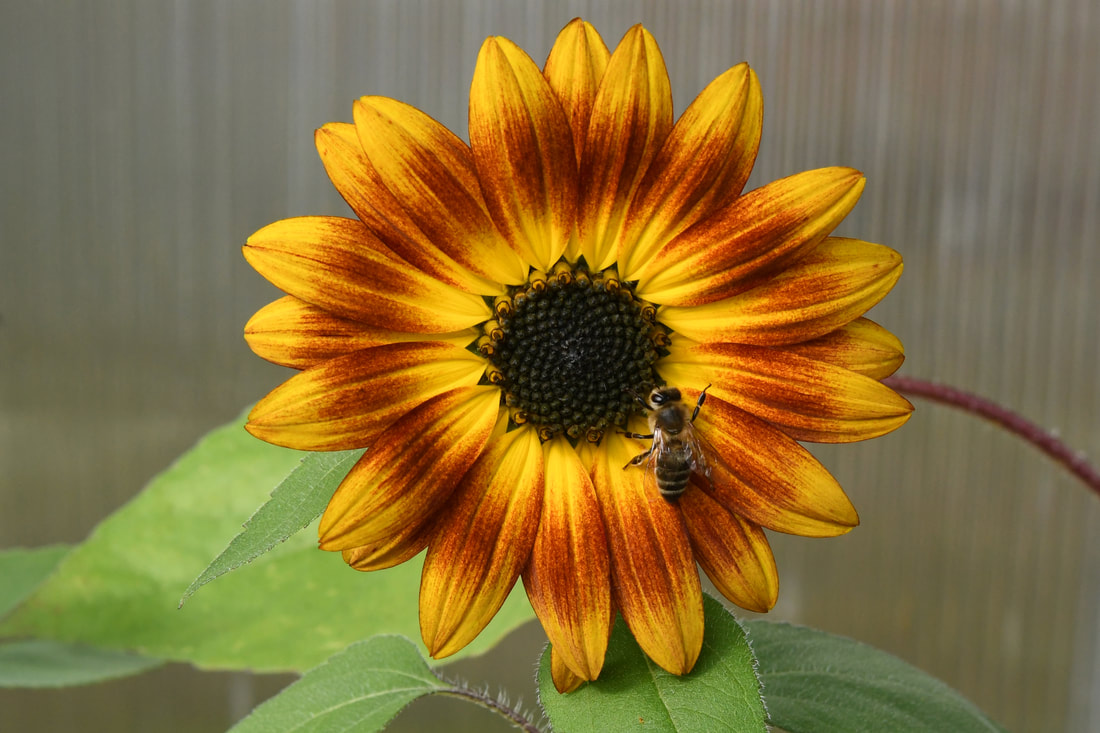
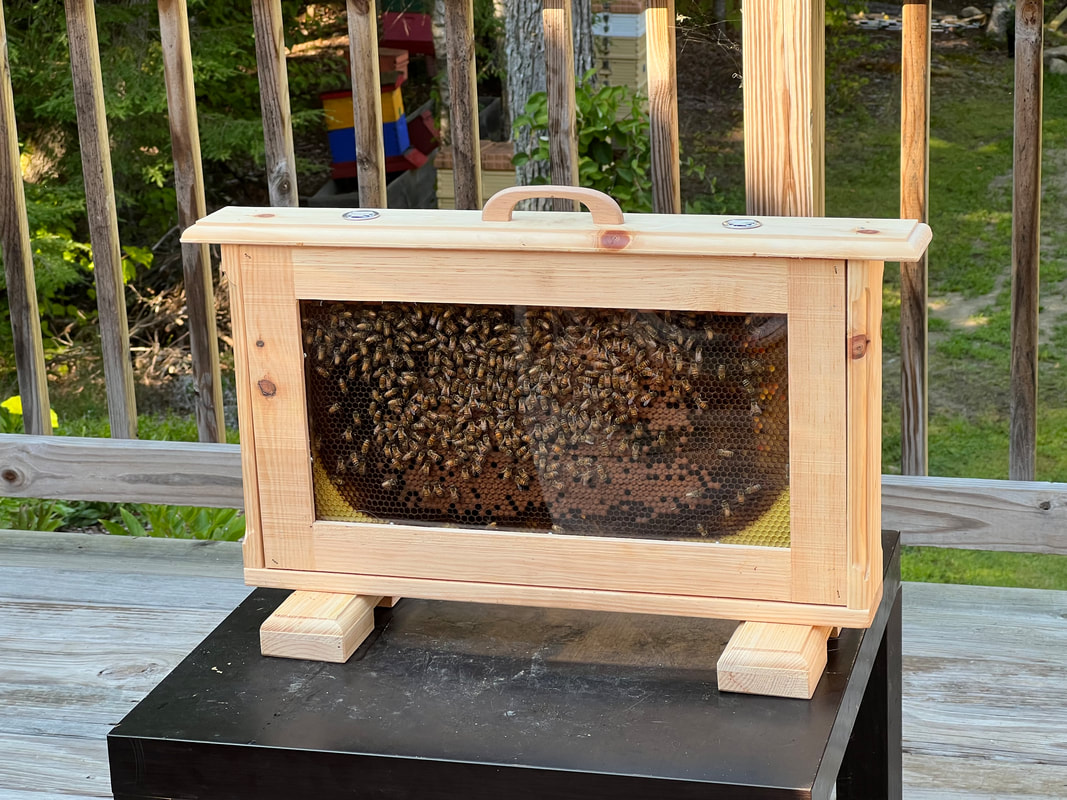
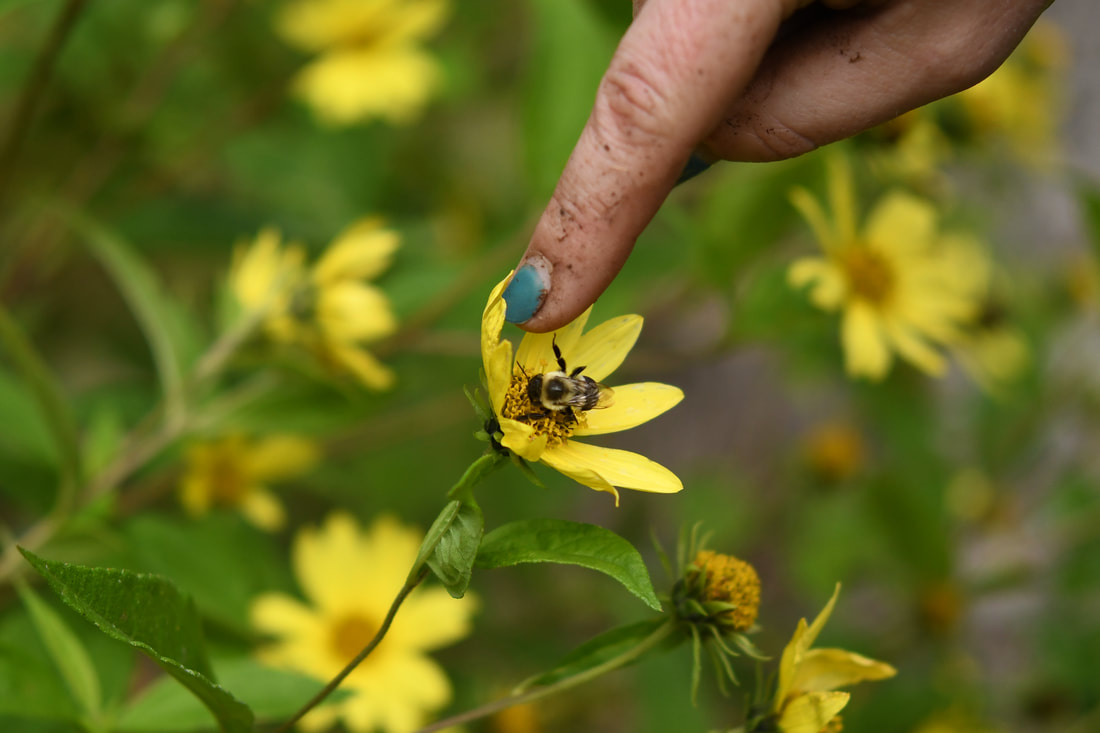
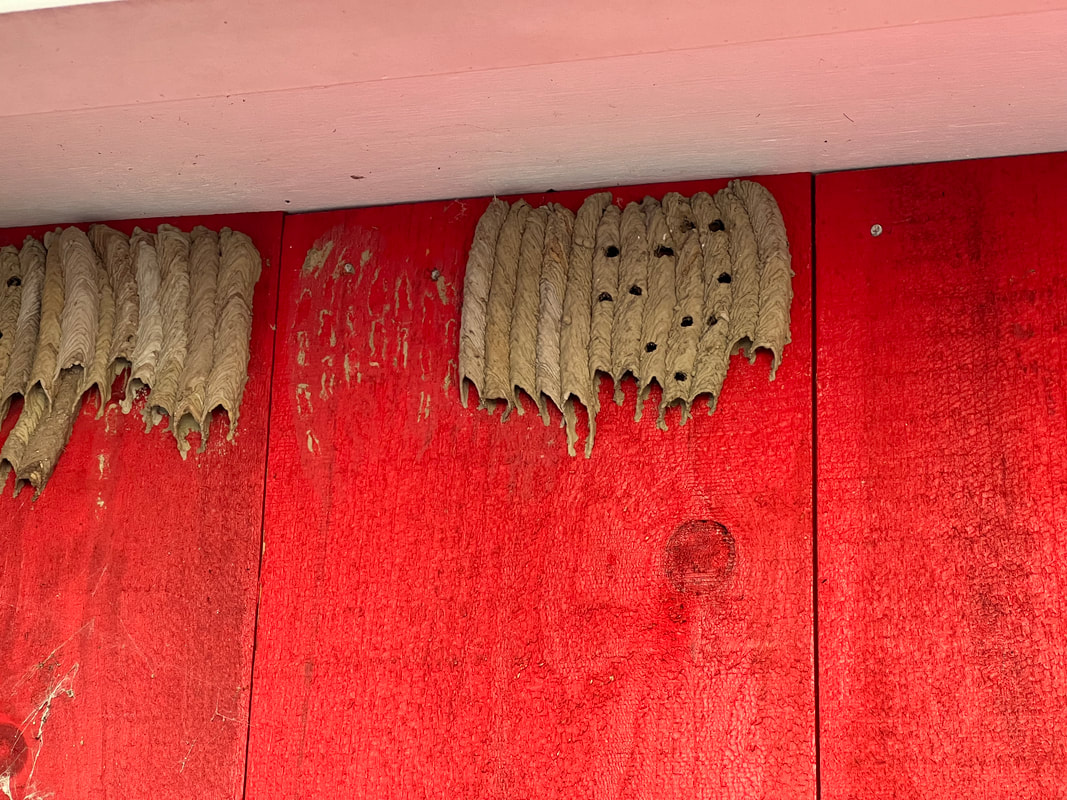
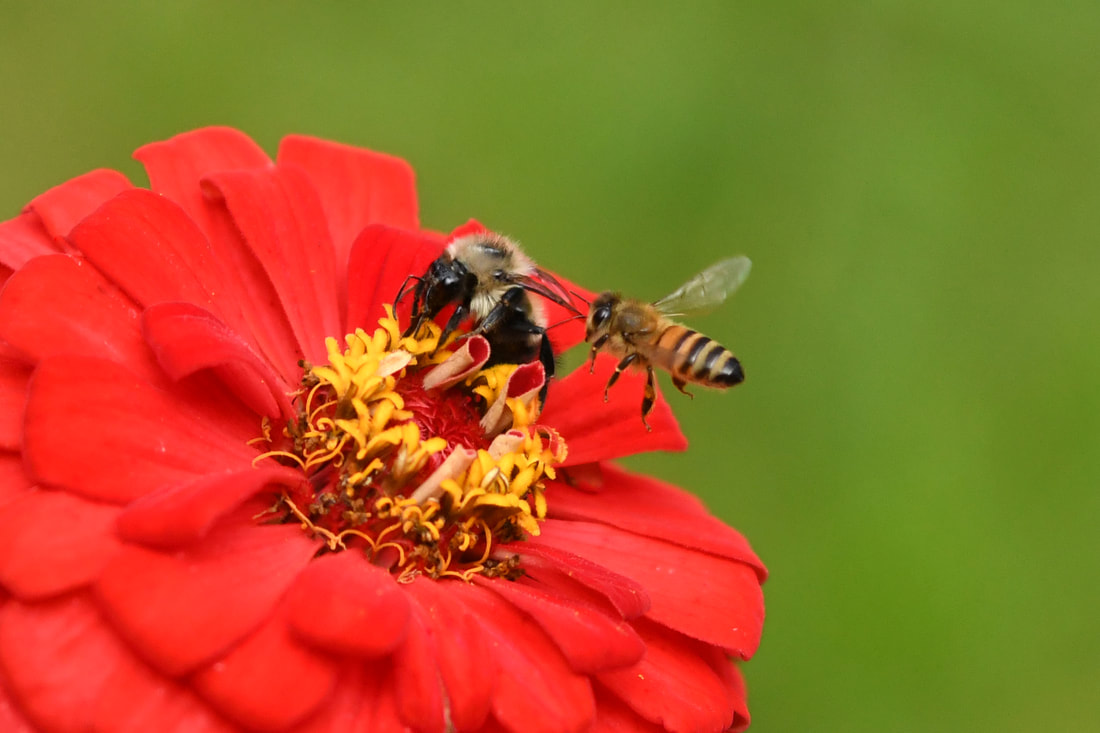
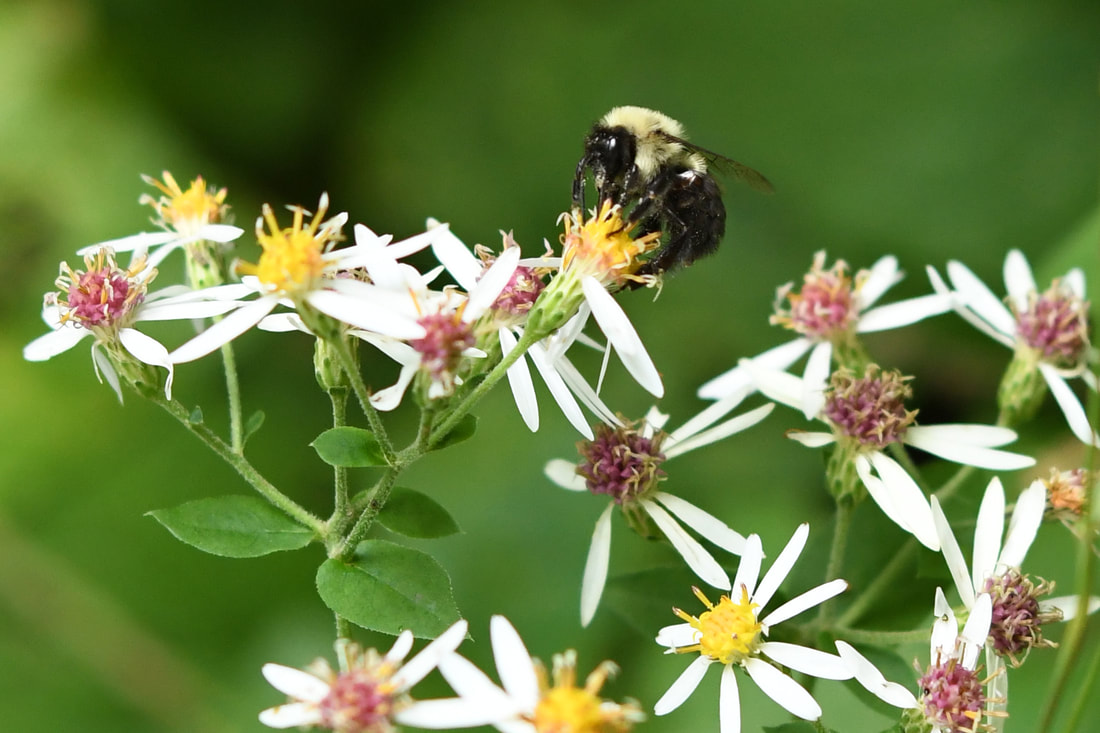
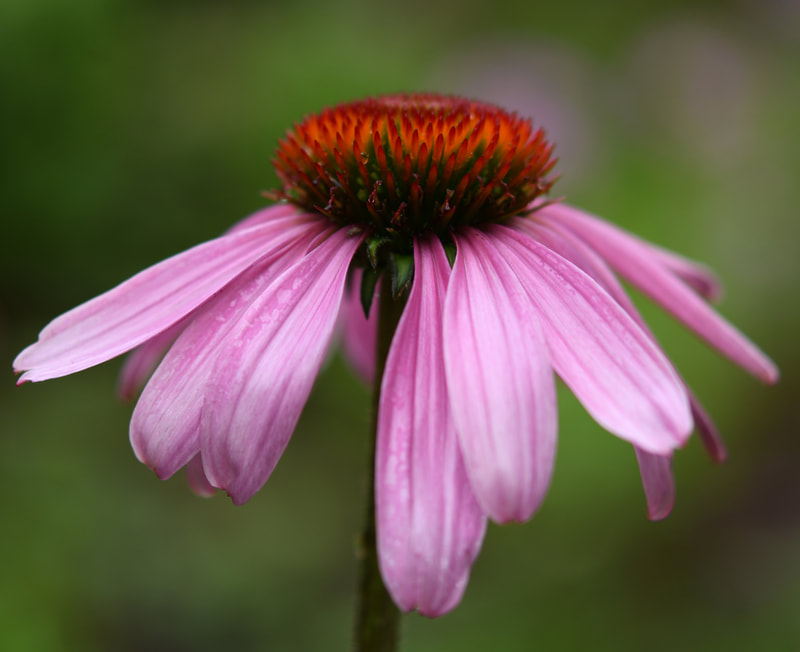
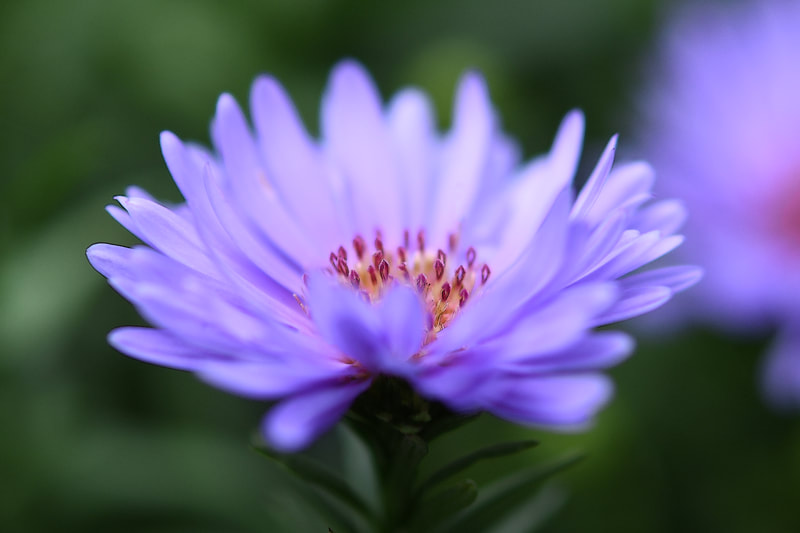
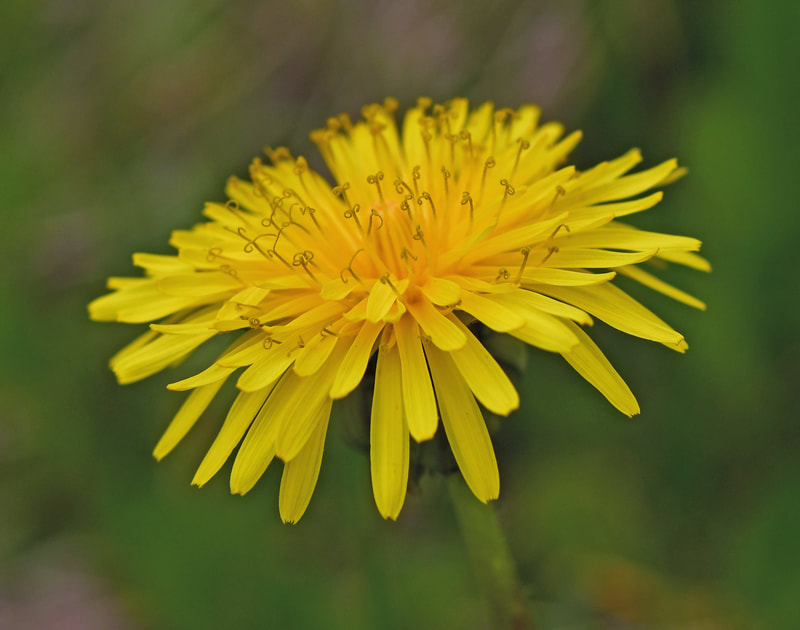
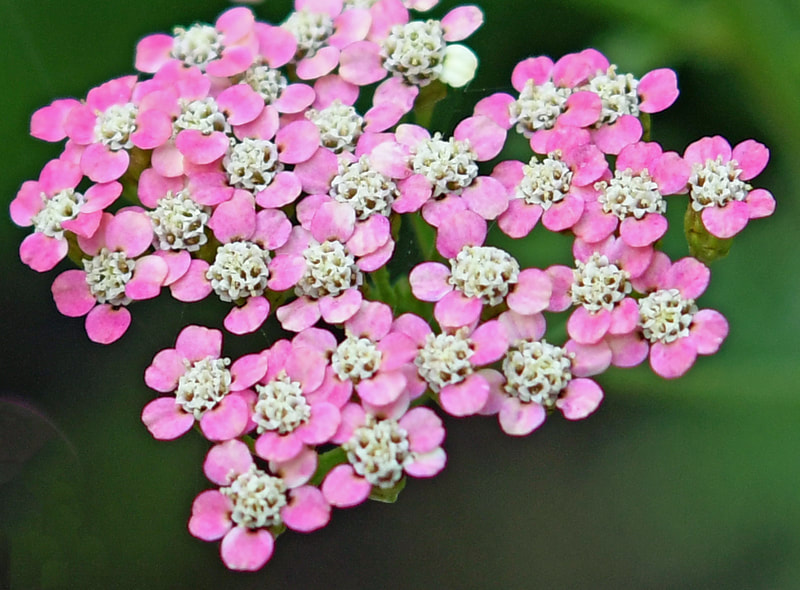
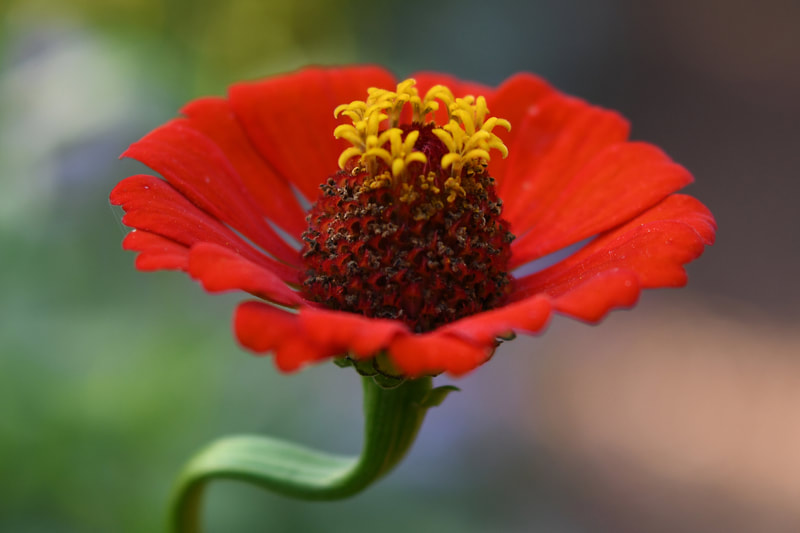
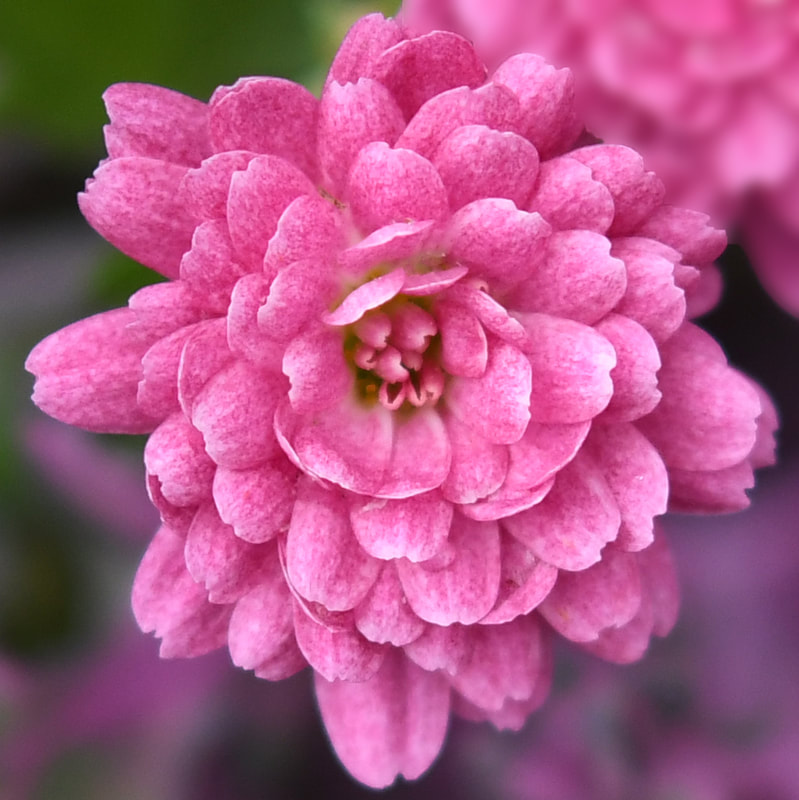
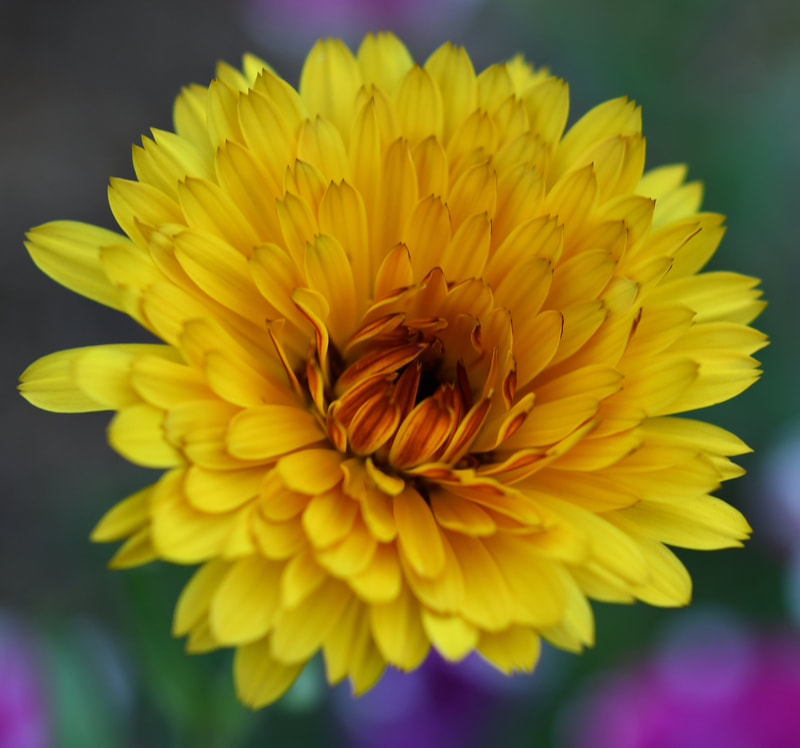

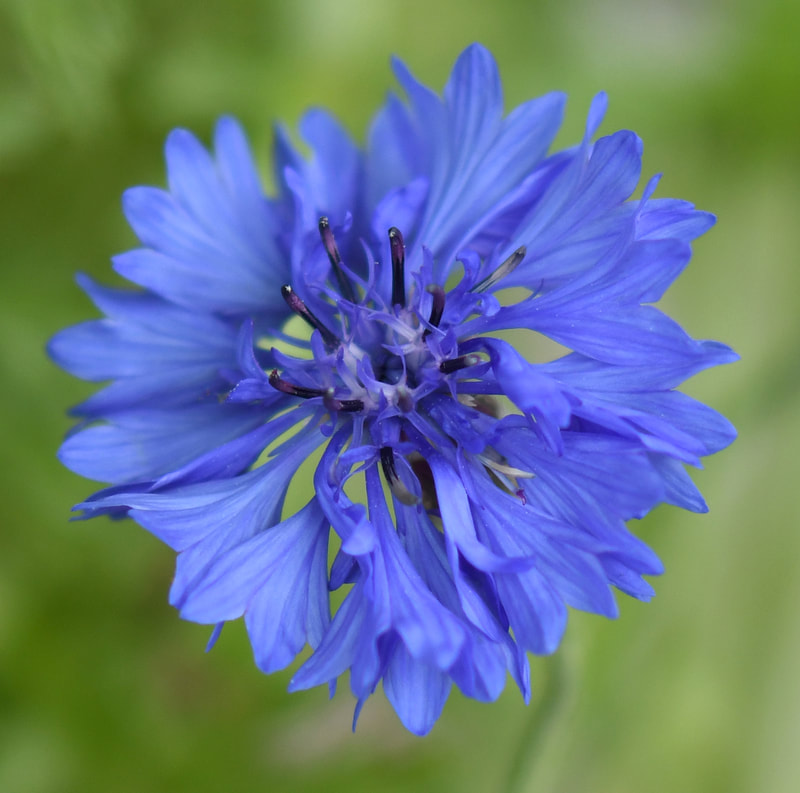
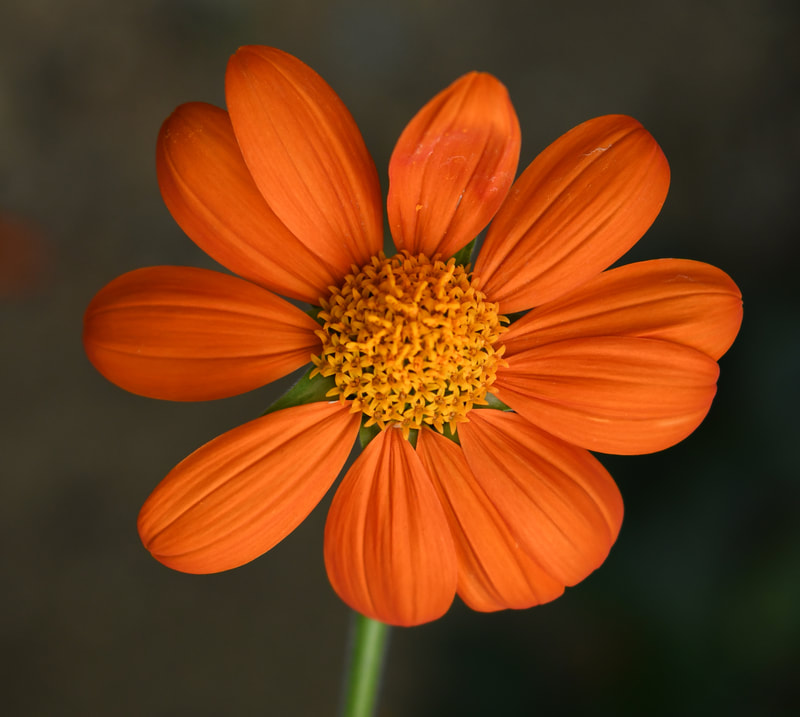
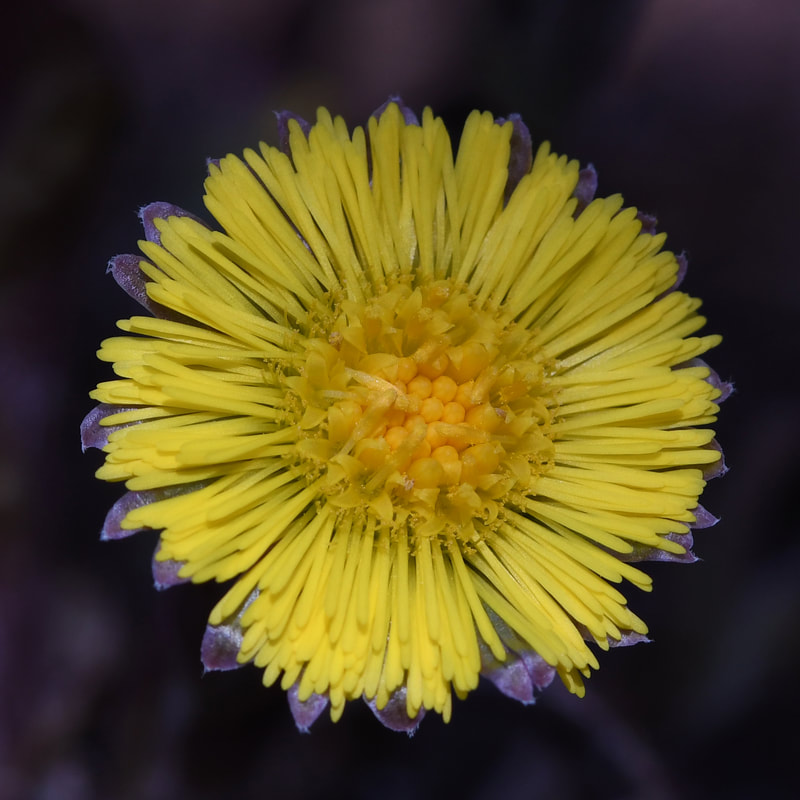
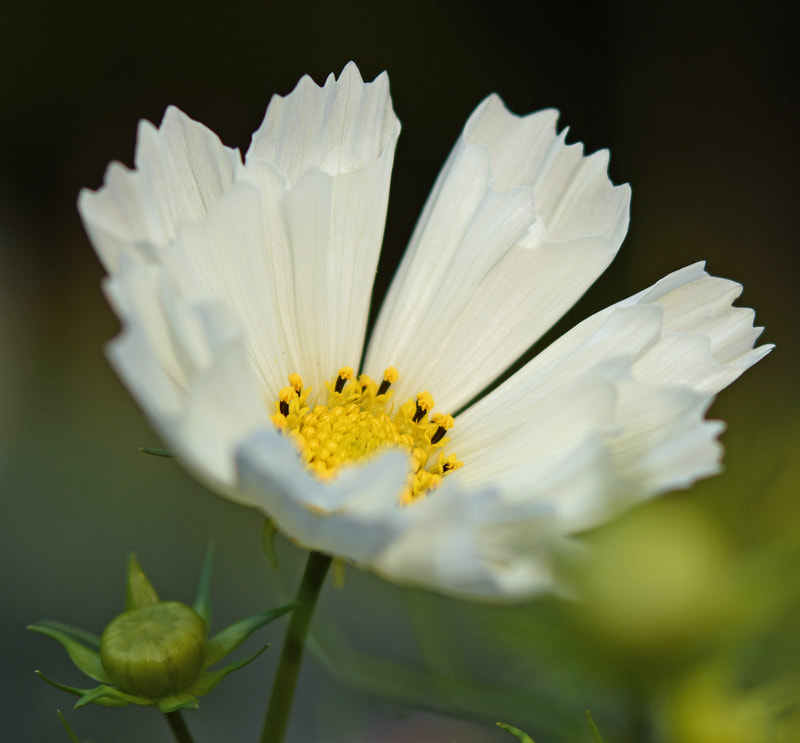
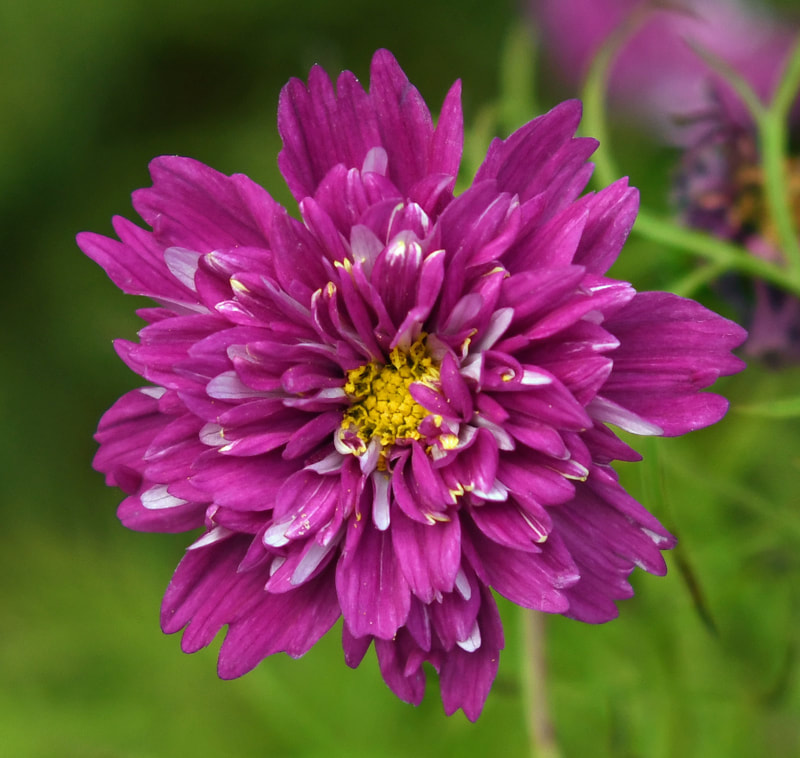
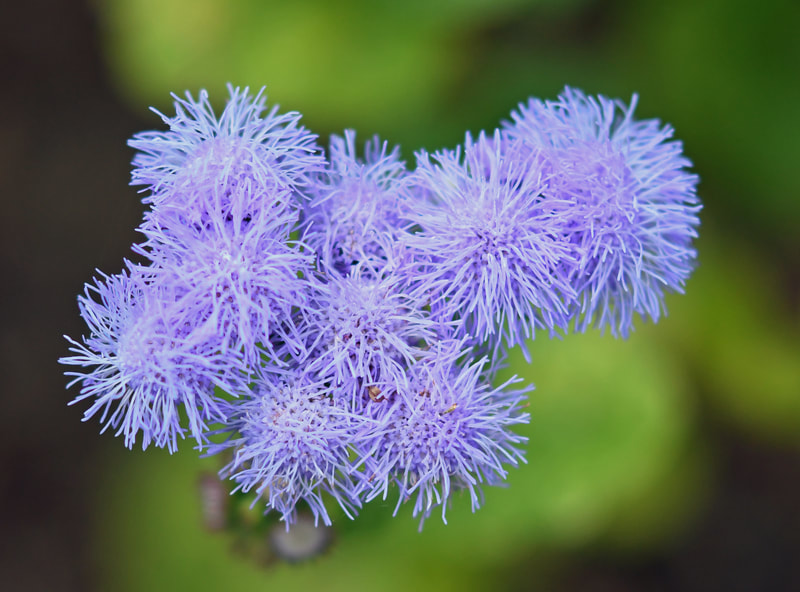


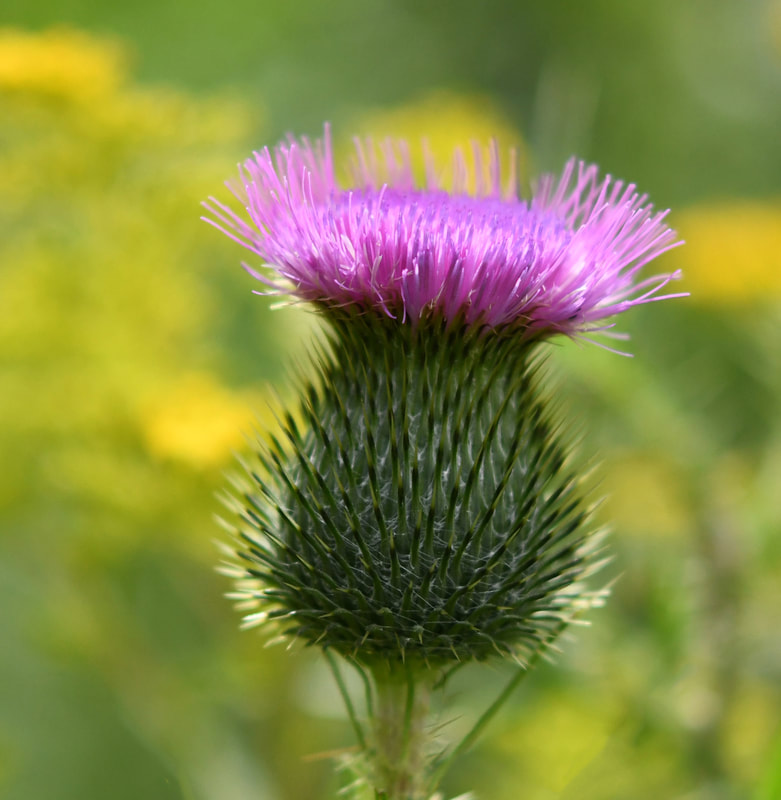
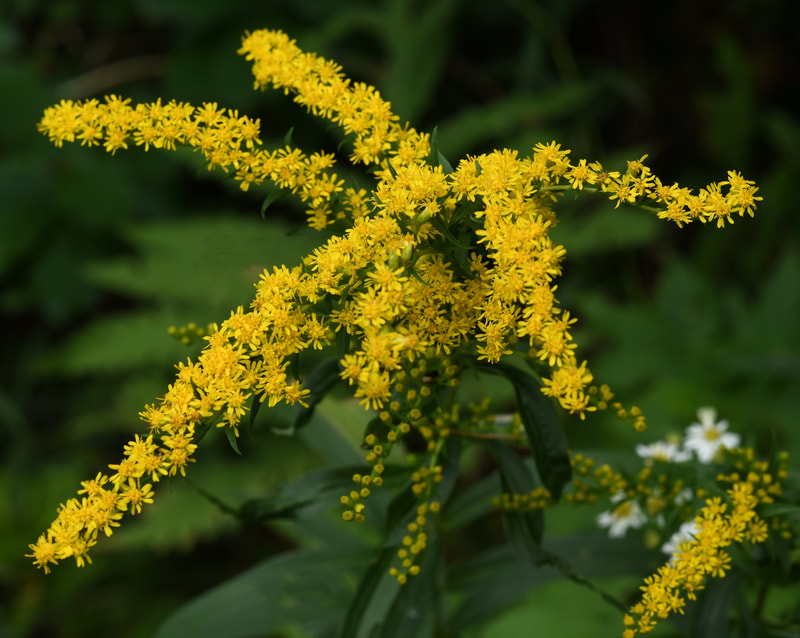
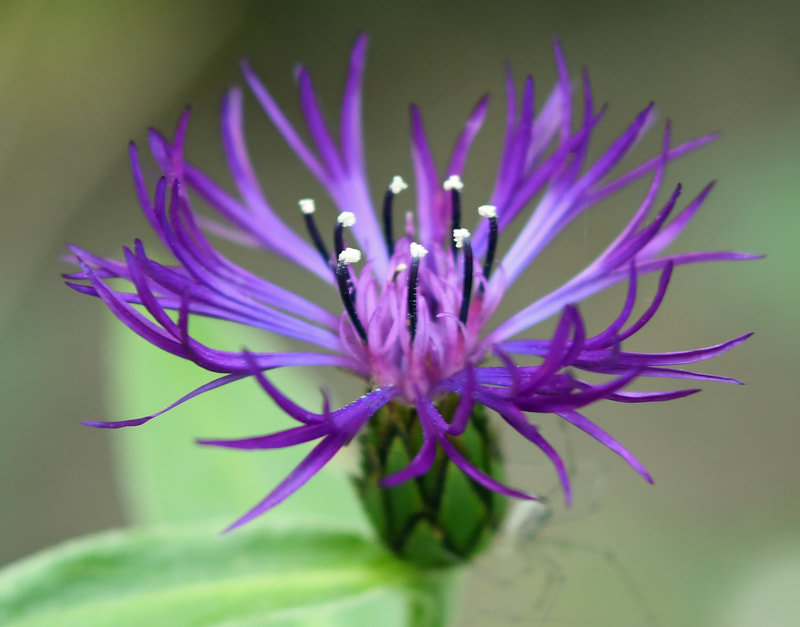
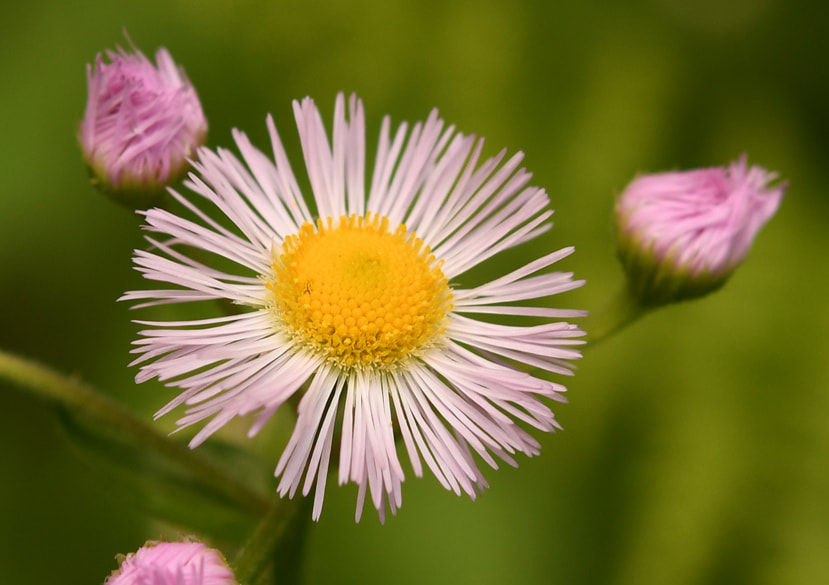
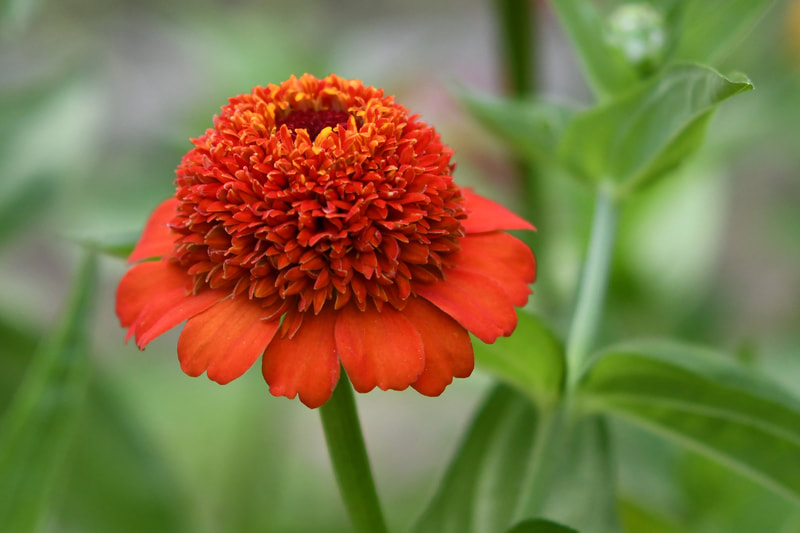
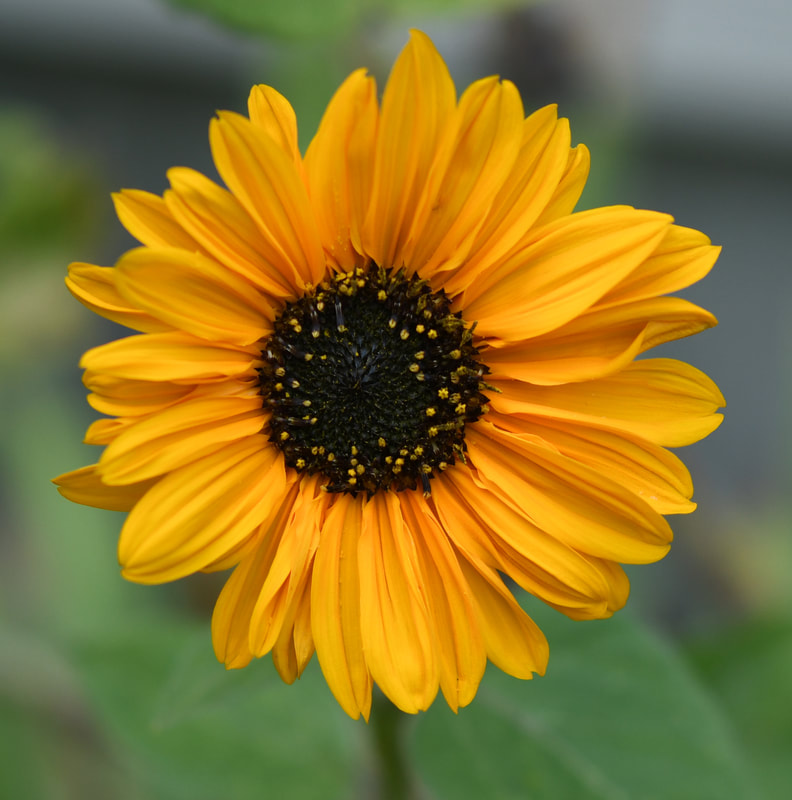
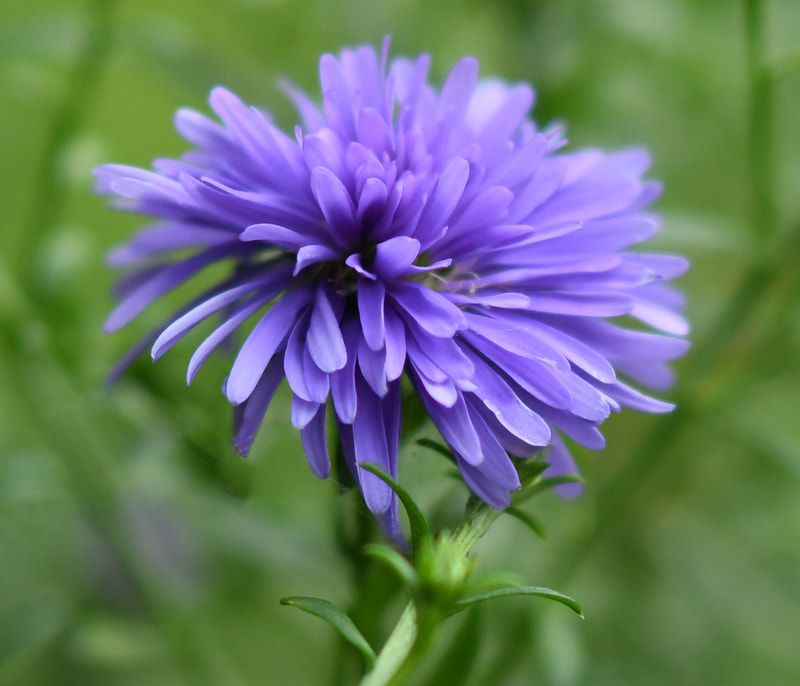
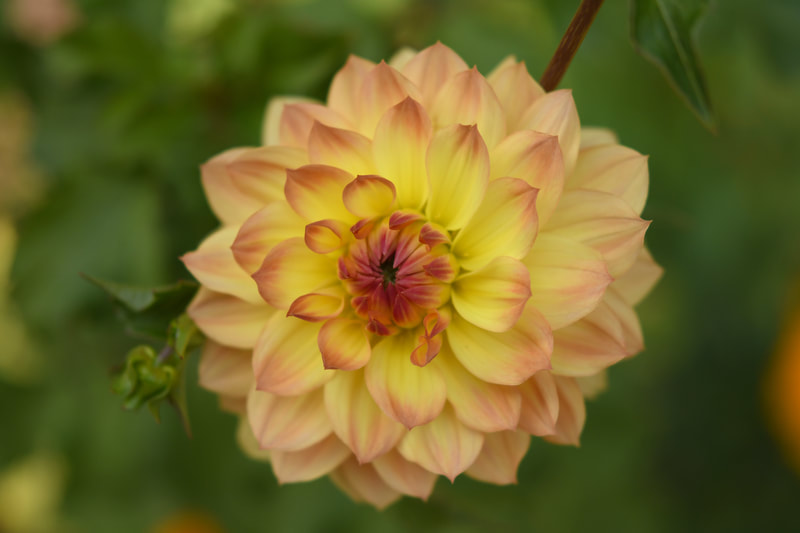

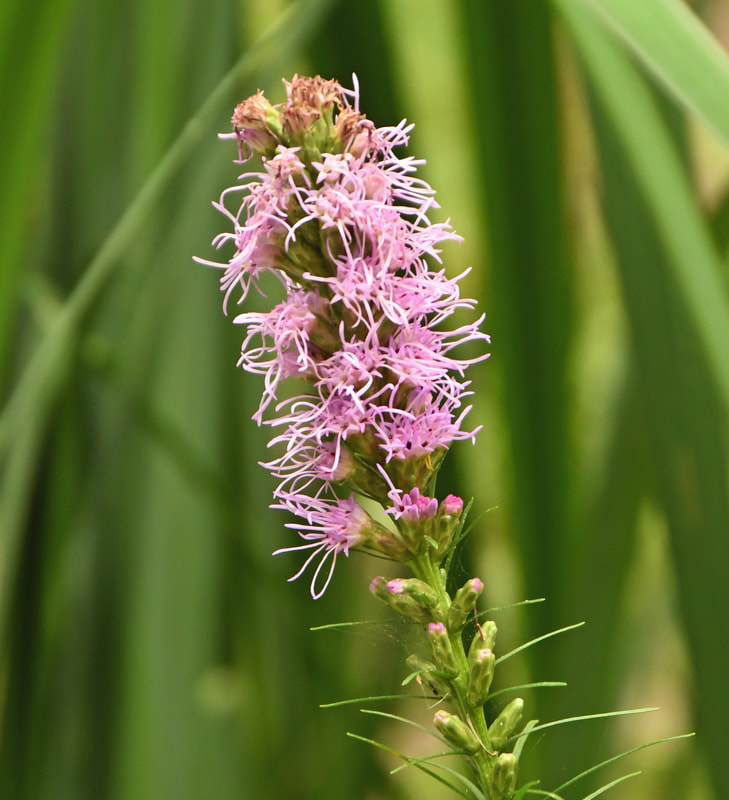
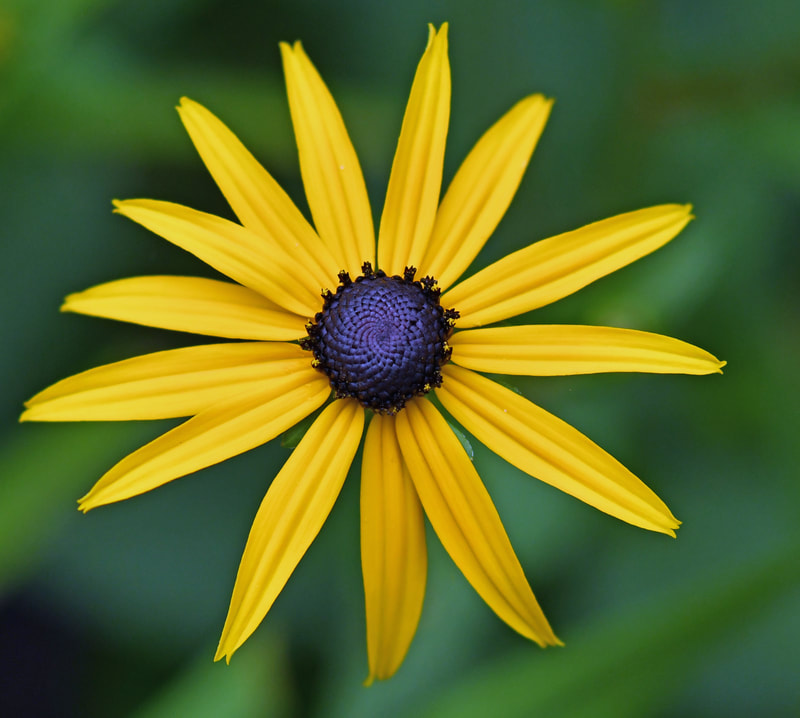
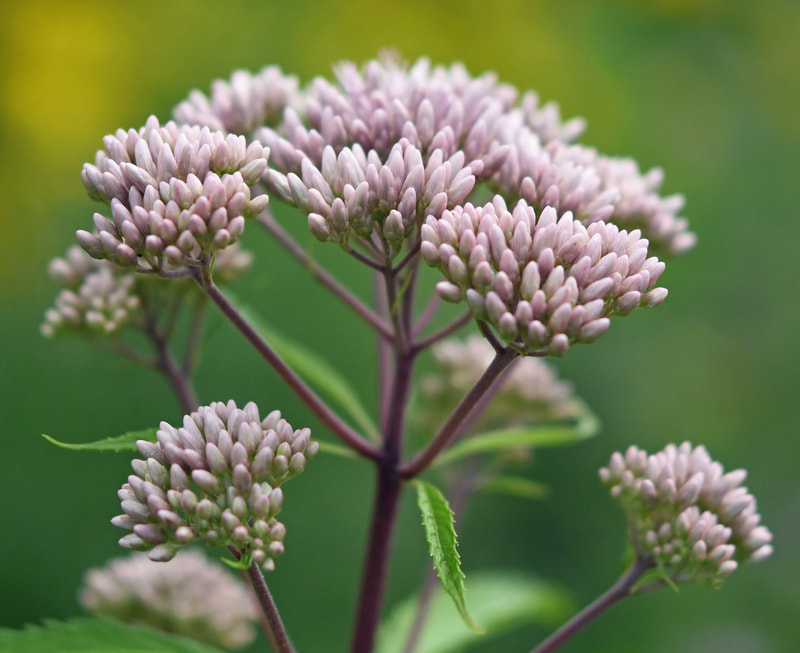
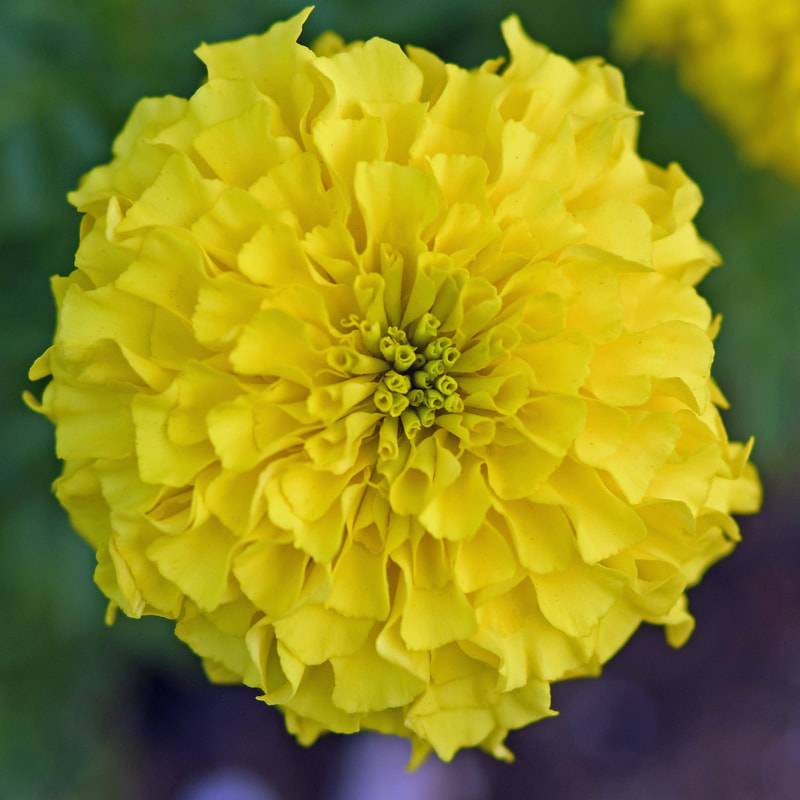
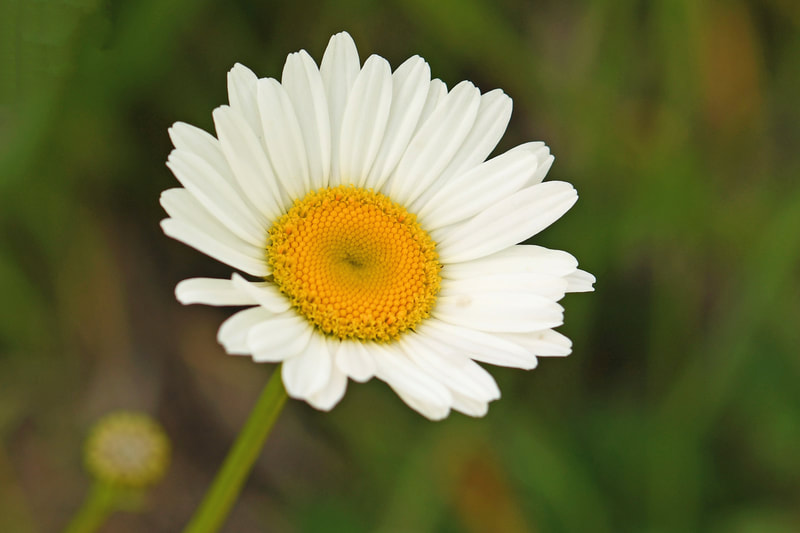
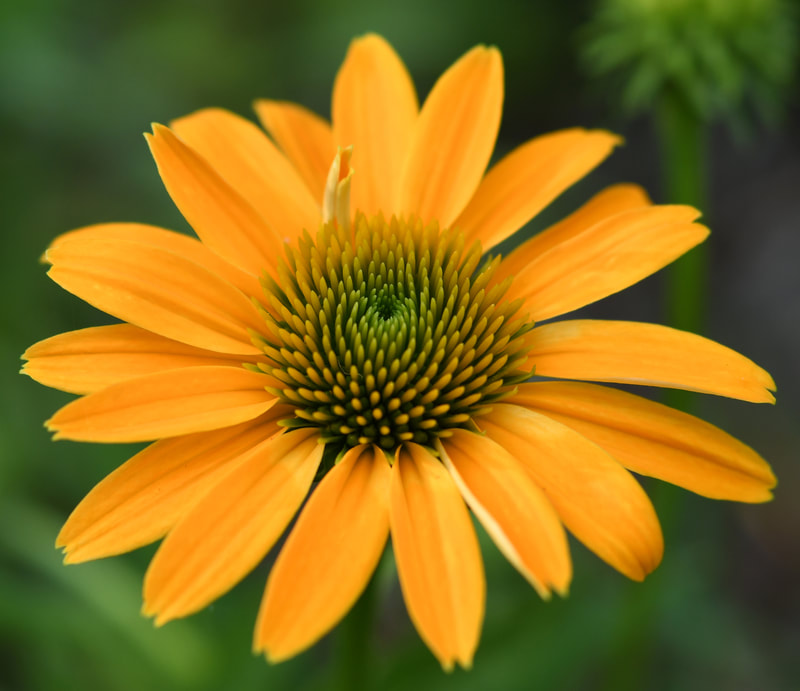
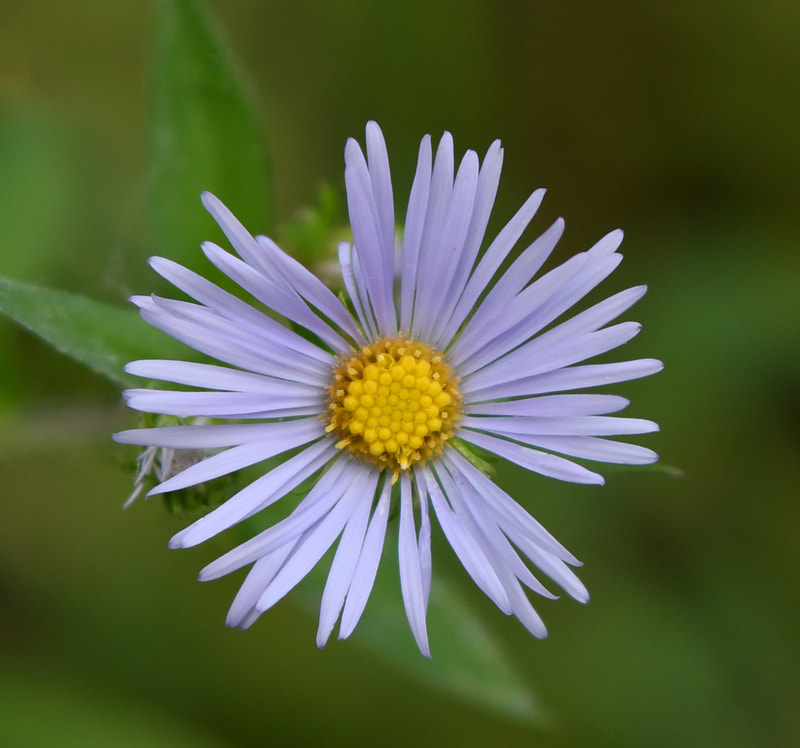
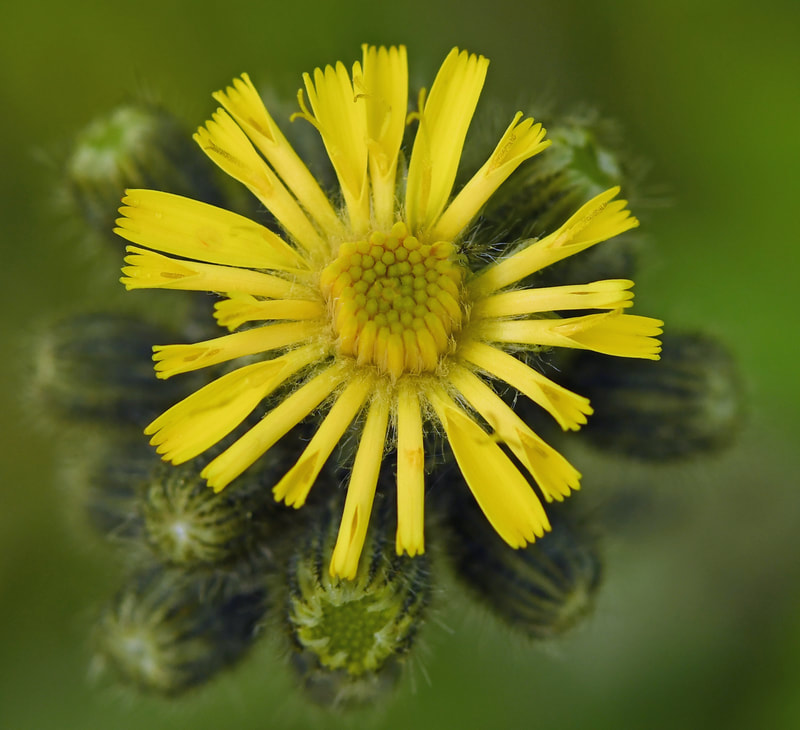
 RSS Feed
RSS Feed